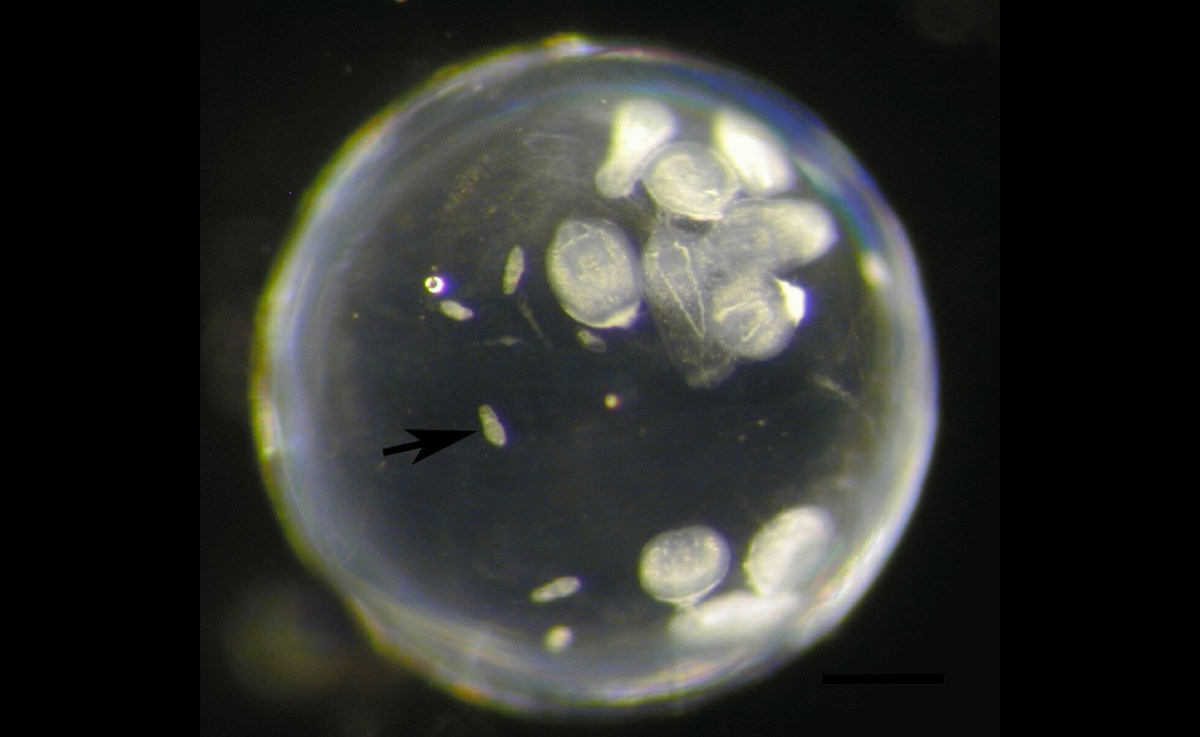New research shows the eye fluke is more devious than previously thought. While living inside its host’s eyeball, it controls the fish’s behavior—choosing the precise point in its lifecycle when the host will become more susceptible to predators.
The eye fluke, or Diplostomum pseudospathaceum, is a species of flatworm that relies on three different animals as hosts for its lifecycle. The worms lay eggs in a bird’s digestive tract, which make it into the water through the bird’s feces. From there, the larvae burrow into freshwater snails and use them as hosts to mature before moving on to fish—its final host.
Two studies conducted by the same research team determined that the eye fluke chemically controls its host while it’s young to avoid becoming prey until the parasite is fully mature, Science Alert reports. Once that happens, the parasite forces the fish to be more active towards the water’s surface so it can be picked off by birds.
In the research, scientists noticed infected rainbow trout were more difficult to be caught by a net than non-infected trout when the eye fluke was less mature. Once the parasite had fully grown, that trait reverses.
This article was featured in the InsideHook newsletter. Sign up now.
























